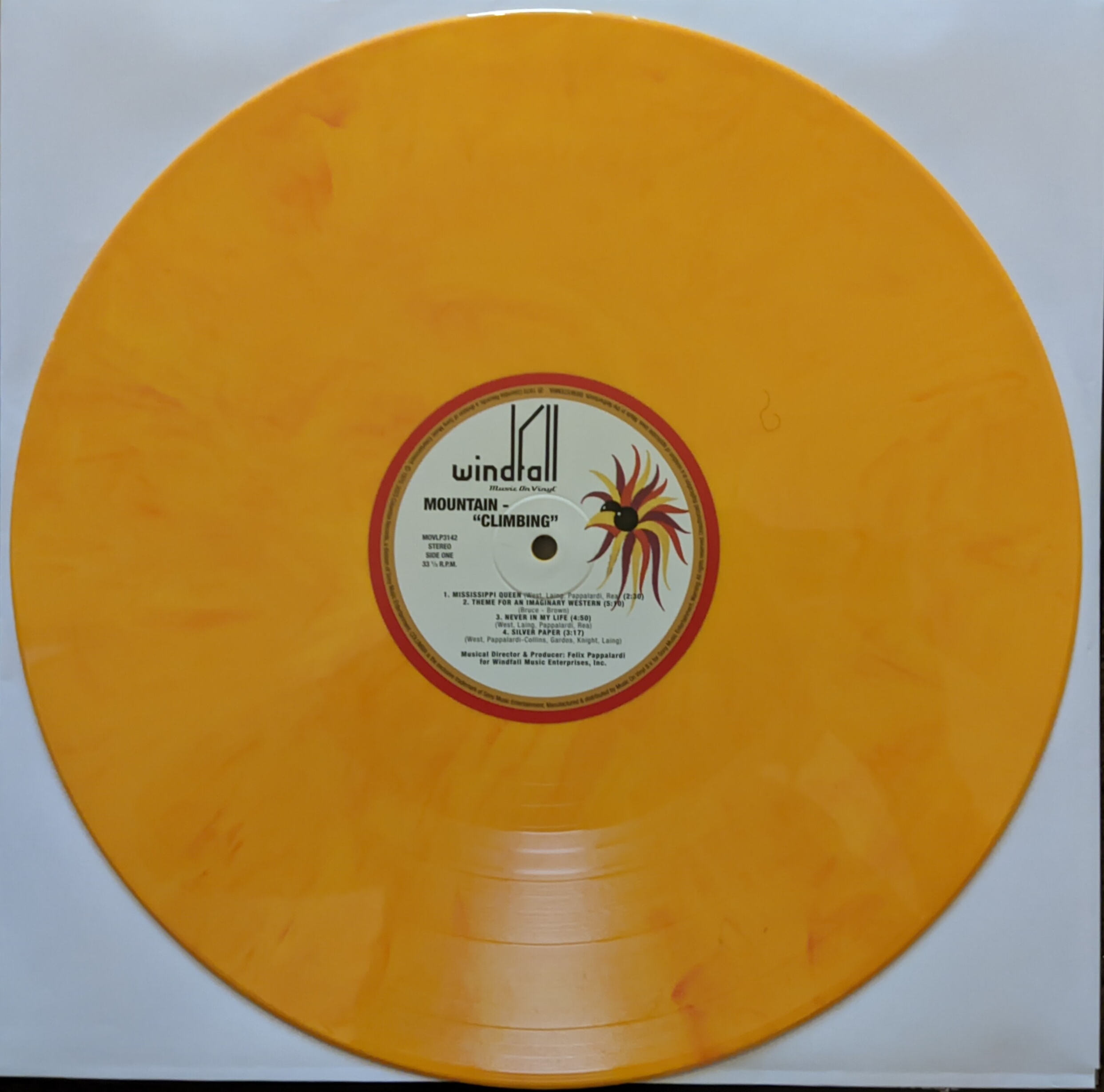A friend asked me about how the history of vinyl formats and I wrote up this summary for them. I thought it was worth sharing here, if nothing else for the Techmoan link:
So, we started with wax cylinders. Then we moved to discs made of shellac. They were 10" and generally spun at (or near, as this video indicates) 78 RPM. But they didn’t hold a lot of music. I think 10-12 minutes per side. The shellac was also not a great material, as it was brittle and not very high resolution, so there was a lot of background noise relative to vinyl.
What we have today is sort of a hybrid of all kinds of things. The vinyl material has been used on 10" records, even back then, and all of the 10" disks I have are modern vinyl 33RPM discs, made small mainly for novelty. The material is separate from the speed.
In the late 40s there was a format war between RCA and Columbia. I’ve put a short summary below, but far and away the best source to learn about this if you have 30 minutes is this video from the always entertaining Techmoan. https://www.youtube.com/watch?v=hbFgVjijrHI&t=1s
RCA developed the 45 7" AND with it, the stacking changer. The idea was that you’d have an album (just like old photo albums, I’m sure you’ve seen these) with a stack of 4-6 7" 45s, each holding a song, and the changer would drop them and play one at a time to play however many you had in a row. Then you could flip the whole stack over and play the other side. PROS: You get the benefit of either playing a single track or the equivalent of a whole album and 45RPM still sounded very good, better than shellac 78s and better than 33, though I doubt it was super obvious on the gear at the time. CONS: However, the number of discs and extra packaging to hold the same amount of songs as a 12" 33 meant they cost more. Plus you only got 5 minutes or so per side. Great for pop and blues, but quite limiting, and useless for classical.
Columbia’s solution was the 12" 33rpm disc that could play up to 20 minutes or so. PRO: Longer run time, which even works for classical, one disc, still great sound quality, cheaper to produce. CONS: Larger, need to buy the whole album, but much, to be honest, but they do lack the punchiness of the best 45s.
So we ended up keeping both formats once players started being able to play both speeds - 7" 45s for singles, 12" 33s for albums. In the 70s they figured out that you could do long disco songs on a 12" 45 and it became the format for DJs and then of course the 12" 45 was a popular single format for all genres in the '80s.
Side note: there were also 16rpm 7" discs used for voice which didn’t need high resolution. You got the longer running time with an inexpensive small disc or two that you could even package with a book “and turn the page when Tinkerbell rings her magic bell” but other than my grade-school experience with these, I don’t know much about that format.

